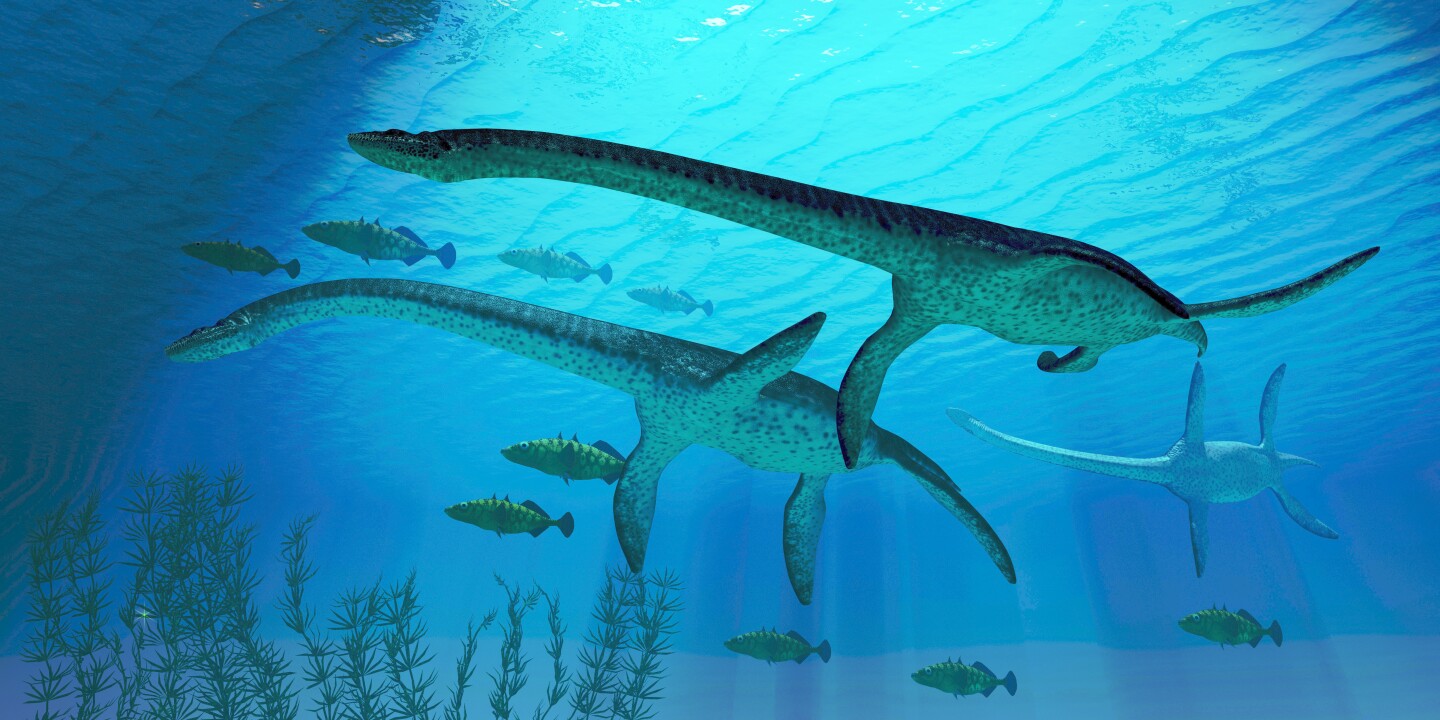 The majority of the environmental DNA found in the study came from eels – although not necessarily giant ones. mikelane45/Depositphotos
The majority of the environmental DNA found in the study came from eels – although not necessarily giant ones. mikelane45/Depositphotos
–
Last year, we heard about a scientist who was headed to Loch Ness to search for the monster’s DNA. Well, the results of his study are now in, and he believes the creature might be a type of giant eel.
The project is headed by Prof. Neil Gemmell, from New Zealand’s University of Otago. Working with his Loch Ness Hunters research team, he’s been busy extracting hundreds of water samples both from Loch Ness and from the nearby Lochs Garry, Oich and Morar – the latter three served as controls.
All of those samples were then analyzed, in order to see what “environmental DNA” (eDNA) they contained. eDNA continuously finds its way into bodies of water as aquatic organisms defecate, slough off dead skin, or otherwise release genetic material.
Therefore, by seeing what sort of eDNA is in the water, scientists can ascertain which species are present. Among other things, environmental DNA analysis has previously been used to track migratory fish, look for great white sharks, and receive warnings of a frog-killing fungus.
Of course, given that there’s no verified monster DNA already on file, Gemmell wasn’t able to declare that any of the eDNA he found was certifiably from the beast. Instead, he was looking for the DNA of known animals that are suspected of being mistaken for the monster, or for mystery DNA that has no recorded match.
First of all, sorry, but his findings strongly indicate that the monster is not a still-surviving prehistoric reptile known as a plesiosaur. “Unfortunately, we can’t find any evidence of a creature that’s remotely related to that in our environmental DNA sequence data,” he says. “So, we don’t think the plesiosaur idea holds up based on the data we have.”
There was additionally no eDNA indicating the presence of giant catfish or sturgeons, or of Greenland sharks, all of which have been put forward as monster candidates. That said, it’s possible that their DNA could simply have been missed in the sampling process, or that it’s only present in the water during the times of year when those animals migrate in and out of the lake.
What there was a lot of, however, is eel eDNA – and giant eels have previously been suggested as yet another explanation for monster sightings.
“Our data doesn’t show their size, but the sheer quantity of the material says that we can’t discount the possibility that there may be giant eels in Loch Ness,” says Gemmell. “We need to investigate more to confirm or deny the theory.”
All told, the study identified the eDNA of 11 species of fish, three species of amphibian, 22 species of birds and 19 mammals – all of which are already known to science.
Source: Loch Ness Hunters
(For the source of this, and many other equally interesting articles, please visit: https://newatlas.com/biology/loch-ness-dna-giant-eel/)









